The One Move For A Healthier Spine
The lumbar spine, located in the lower back, is particularly prone to injury due to its constant involvement in everyday movements like standing, lifting, and bending. Over time, especially with poor posture and the natural aging process, this region of the spine experiences continual strain, which can lead to significant structural issues. Prolonged stress on the lumbar spine increases the risk of developing chronic pain and degenerative conditions.
Dr. Chen Chaolong, an orthopedic specialist and director at Taiwan Quansheng Chinese Medicine Clinic, emphasizes that keeping the lumbar muscles flexible and free from tension is critical to spinal health. He explains that many back problems stem from either acute injuries—such as those from accidents—or chronic strain caused by repetitive stress. A common issue, particularly for those who sit for extended periods, is muscle fatigue and tightness resulting from sustained static postures. These issues often lead to stiffness and pain, especially in older adults.
Muscle rigidity is frequently the underlying cause of chronic back discomfort. Prolonged poor posture and tightness in core muscles like the psoas can make the spine vulnerable to more serious conditions like herniated discs, especially during sudden physical exertion. To manage acute pain, conventional medicine typically recommends anti-inflammatory drugs and rest. However, Dr. Chen advocates for traditional Chinese medical approaches—such as acupuncture and massage—which aim to relax tense muscles and realign the spine, providing significant pain relief.
According to traditional Chinese medicine, energy flows through pathways in the body called meridians, which connect internal organs with external body parts. Specific points along these meridians, called acupoints, can be stimulated through acupuncture or massage to help alleviate discomfort and treat underlying imbalances. Once the acute phase of injury has passed, gentle, regular exercise becomes essential to maintain lumbar spine health.
Dr. Chen recommends incorporating physical activities such as walking, jogging, yoga, cycling, and swimming to improve blood circulation and nourish spinal tissues. He also suggests taking advantage of short breaks during the day to stretch and relax the back. A simple, effective exercise he endorses is the knee hug stretch. For this, lie on your back and gently pull one or both knees toward your chest, raising your upper body slightly to increase the stretch. Another helpful movement is the seated forward bend, where you reach toward your toes with outstretched arms while keeping your legs extended. These exercises can ease tension and improve flexibility in the lower back.

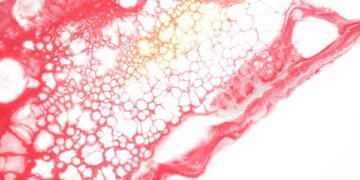

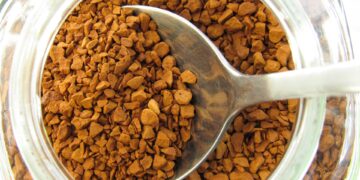



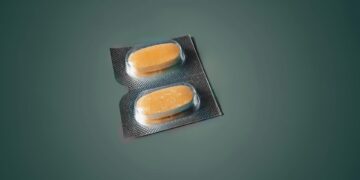
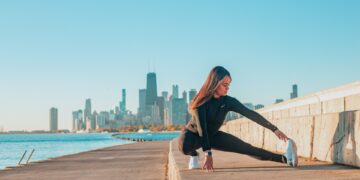
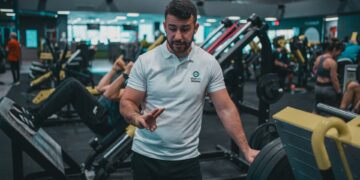

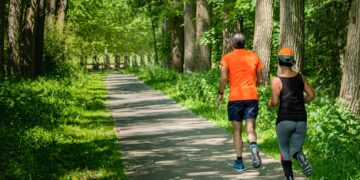


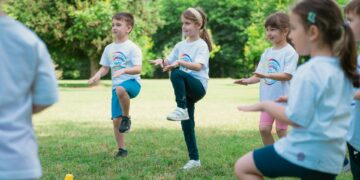

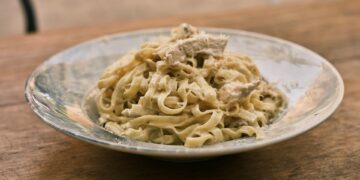

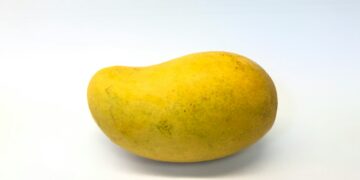

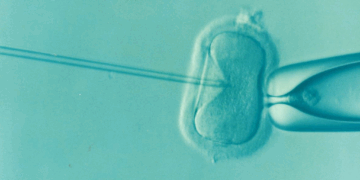


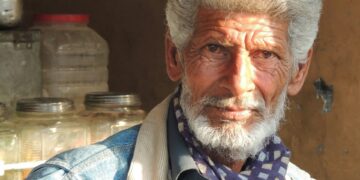

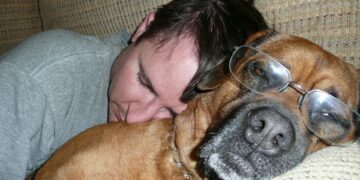
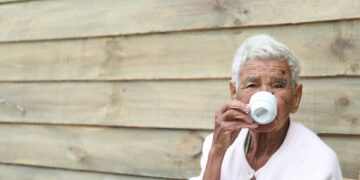






Discussion about this post